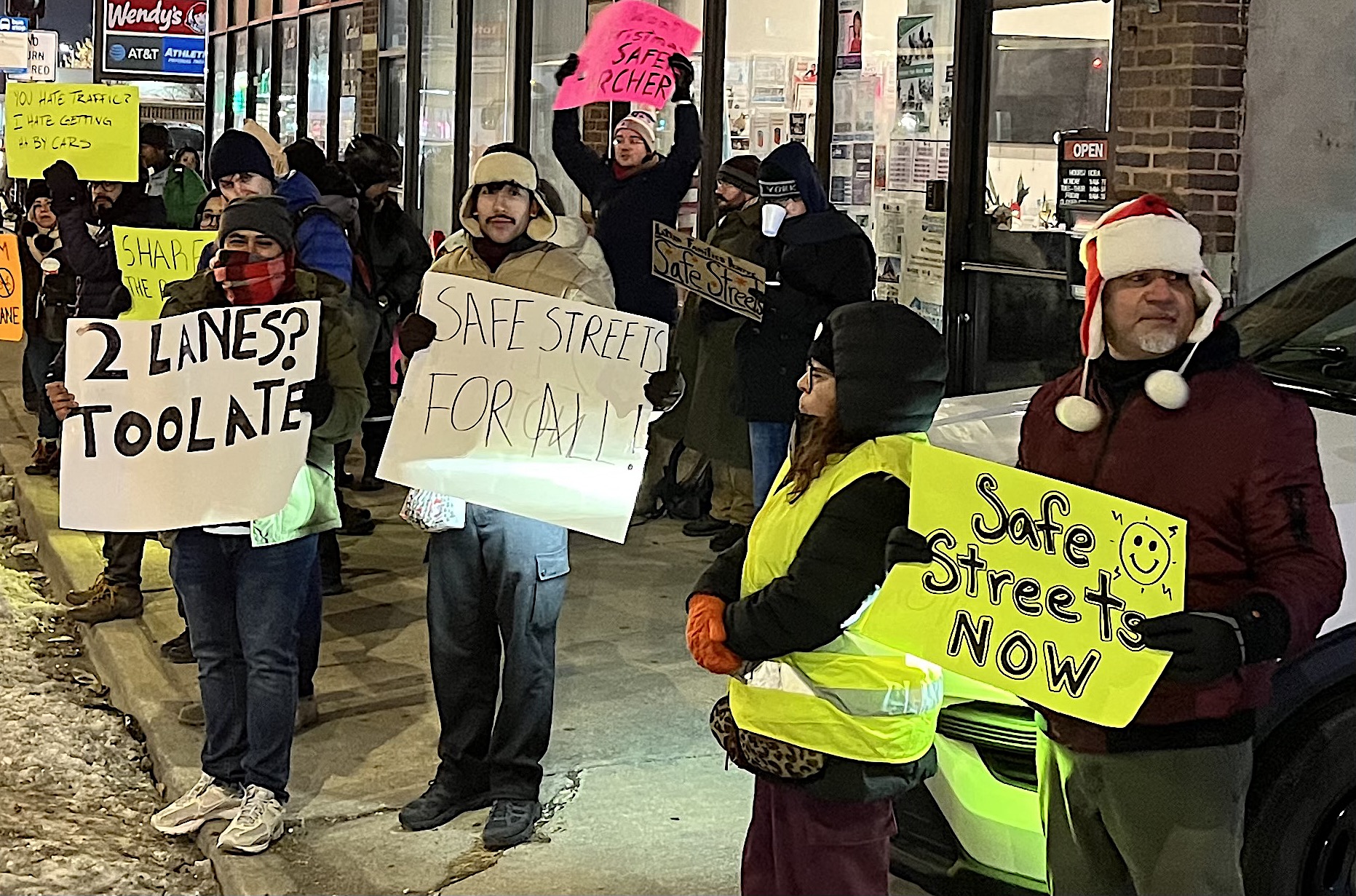Complaining about traffic is practically a sport in Atlanta. Which makes sense, since traffic in the region is absolutely miserable.

What’s interesting, says Darin Givens at ATL Urbanist, is how infrequently the people complaining about traffic mention the primary cause of that traffic — the region’s notorious sprawl. He says:
You can’t expect good alternatives to car travel to happen unless the built environment is accommodating to safe pedestrian and bicycle mobility. Atlantans often seem to have trouble understanding that relationship between city form and traffic flow, complaining that “MARTA doesn’t go anywhere” and not realizing that it only feels that way because the city sprawls everywhere.
Another way of stating this point comes from Fred Kent: “If you plan cities for cars and traffic, you get cars and traffic. If you plan for people and places, you get people and places.”
A recent article in the AJC explores the way that the automobile congestion on Atlanta roads is affecting decisions companies make about who they hire and where they locate: “Traffic becomes a factor for Atlanta businesses.” The piece includes this statement about public transit and how it is perceived as not being robust enough for convenient use. “Atlanta motorists and employers alike have long complained that the area’s traffic problems are exacerbated by a largely anemic public transportation system.”
I have two things to say about this: 1.) it’s incredible that the word “sprawl” never appears in this article on traffic problems in Atlanta; 2.) the answer to the question “why does Atlanta transit seem anemic” is “sprawl.” When you build environments for large populations in a sprawling, low density pattern, you’re enabling a car-centric way of life. And the roads that connect places int that sprawling pattern are bound to be dangerous for pedestrians.
The good news is, MARTA has been taking steps to foster development around its stations, and some large employers are locating near transit. But a lot more has to change to shift the region’s dominant development pattern.
Elsewhere on the Network today: The League of American Bicyclists examines 38 bike plans from around the country and how they address equity issues. Bike Walk Lee reports that a remarkably high number of cyclists — 29 — have been killed in Lee County, Florida, (which has about the same population as Portland) since 2009. And Bike Portland says the city is still not building enough housing to accommodate demand, but it’s getting closer.




